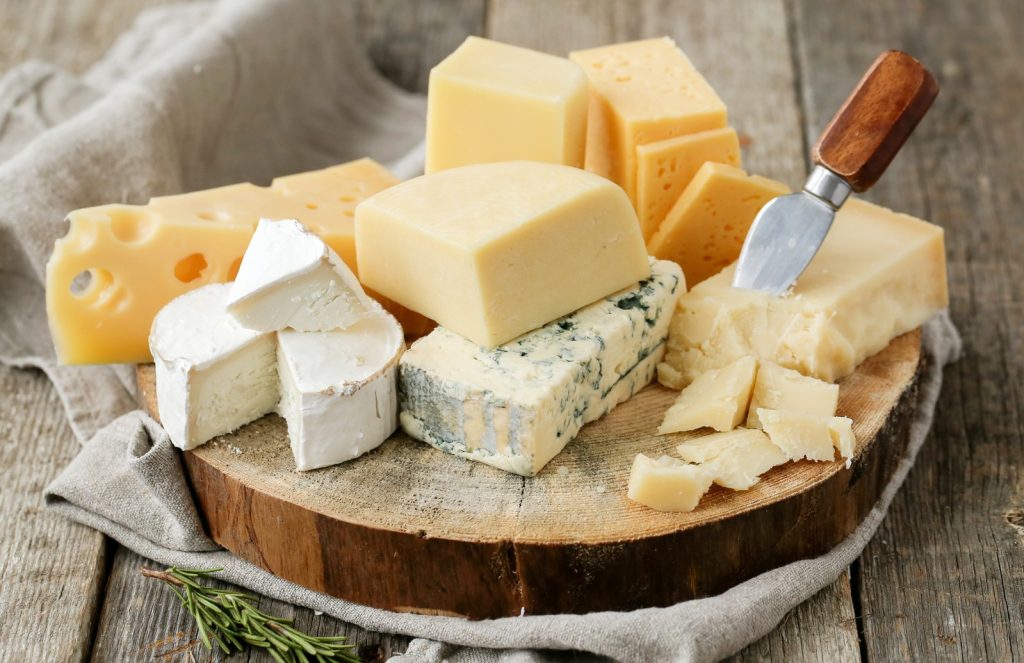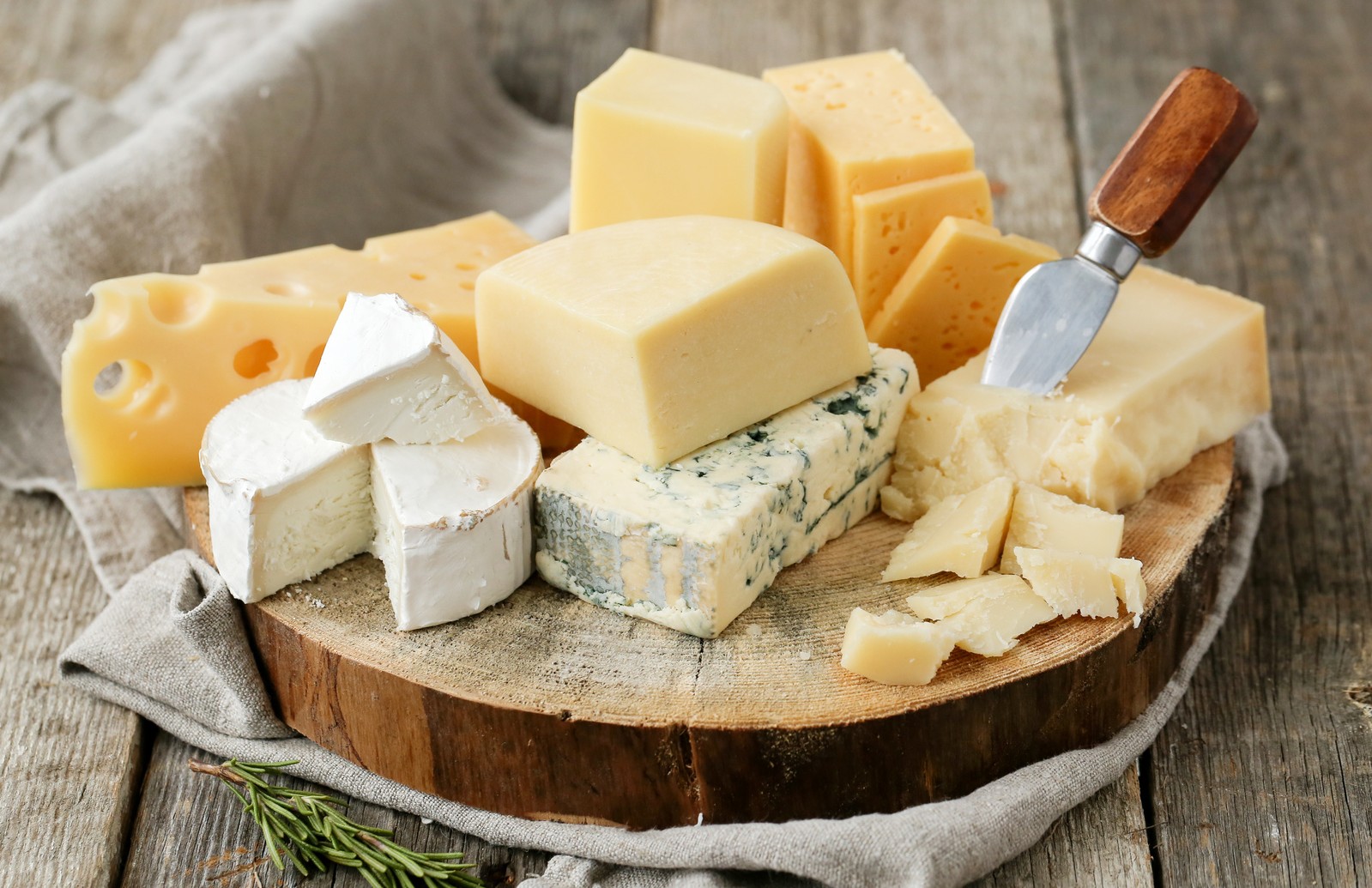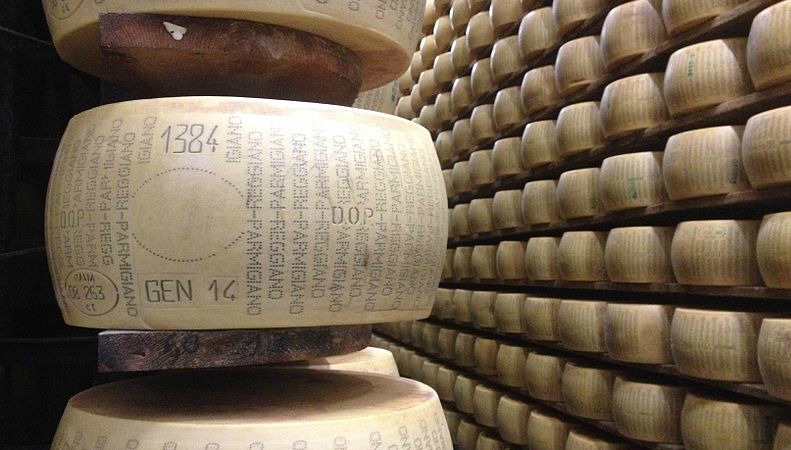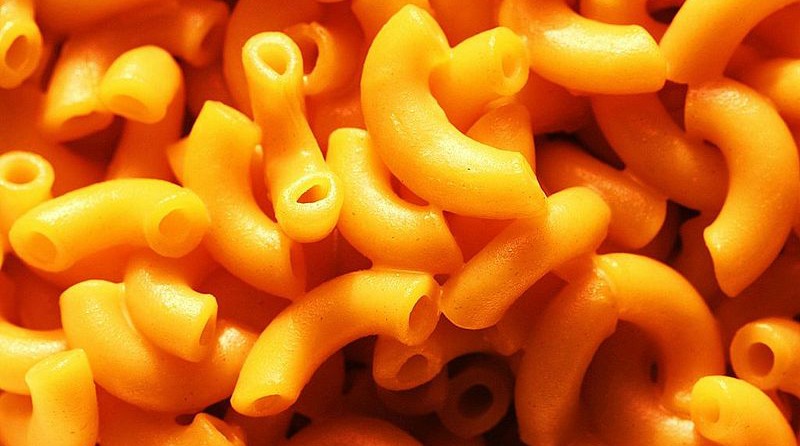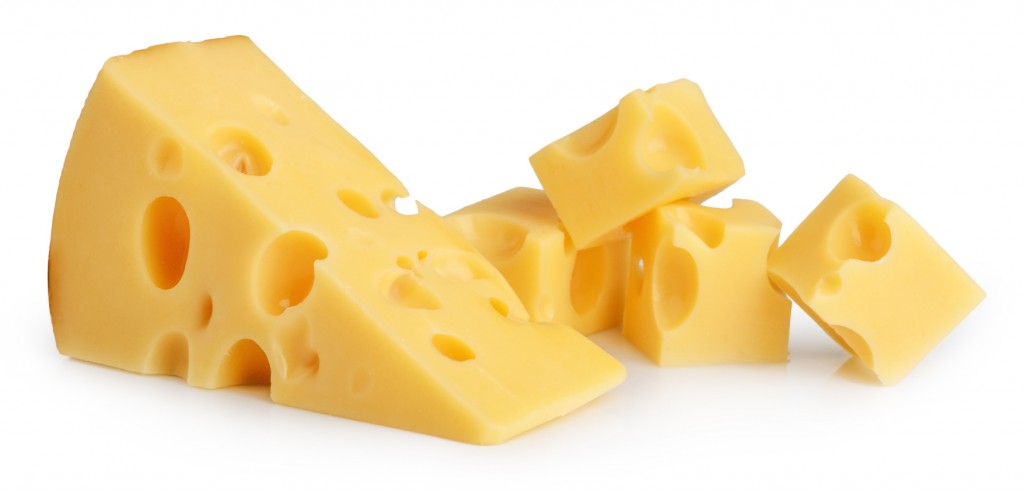Cheese’s exact origin is unclear, but archaeological evidence reveals that people have been eating it for nearly 8,000 years. These facts are so gouda we had to share them.
- According to Greek mythology, cheese was invented by Aristaeus, a demigod who was the son of Apollo.
- According to an Arab legend, thousands of years ago a merchant named Kanana was traveling through the desert. When he stopped to eat, he poured milk out of a bottle made from a calf’s stomach and found that the milk had turned into cheese.
- First known book about cheese: Summa Lacticiniorum, by Pantaleone da Confienza, published in Turin in 1477. It was an encyclopaedia of European cheeses.
- Why is cheese made in the shape of a wheel? So it can be rolled from place to place.
- The largest hunk of cheese ever made (in 1995) was 41⁄2 feet wide, 32 feet long, and weighed more than 28 tons.
- When Queen Victoria and Prince Albert were married in 1840, one of their wedding gifts was a giant wheel of cheddar cheese. It weighed over 1,250 pounds. Victoria didn’t know what to do with it, so she sent it on a tour of England.
- Cheese can help prevent tooth decay. How? By promoting saliva, which washes sugars and acids off of your teeth.
- Most popular cheese dish in the U.S.: macaroni and cheese.
- The state of Wisconsin uses the salty brine water left over from the cheese-making process to de-ice the roads.
- Colby—a soft, mild form of cheddar—is named after Colby, Wisconsin (population: 1,100), where it was invented in 1874.
- The holes in Swiss cheese were long thought to be made by bacteria that emitted carbon dioxide, but in the early 2000s, the holes mysteriously started disappearing. In 2015 researchers at a Swiss agricultural institute discovered why: The cheese was no longer made by hand-milking the cows. Automated machines had taken over, which removed one crucial ingredient: tiny particles of hay. Once the hay was added back into the mixture, the holes reappeared.








